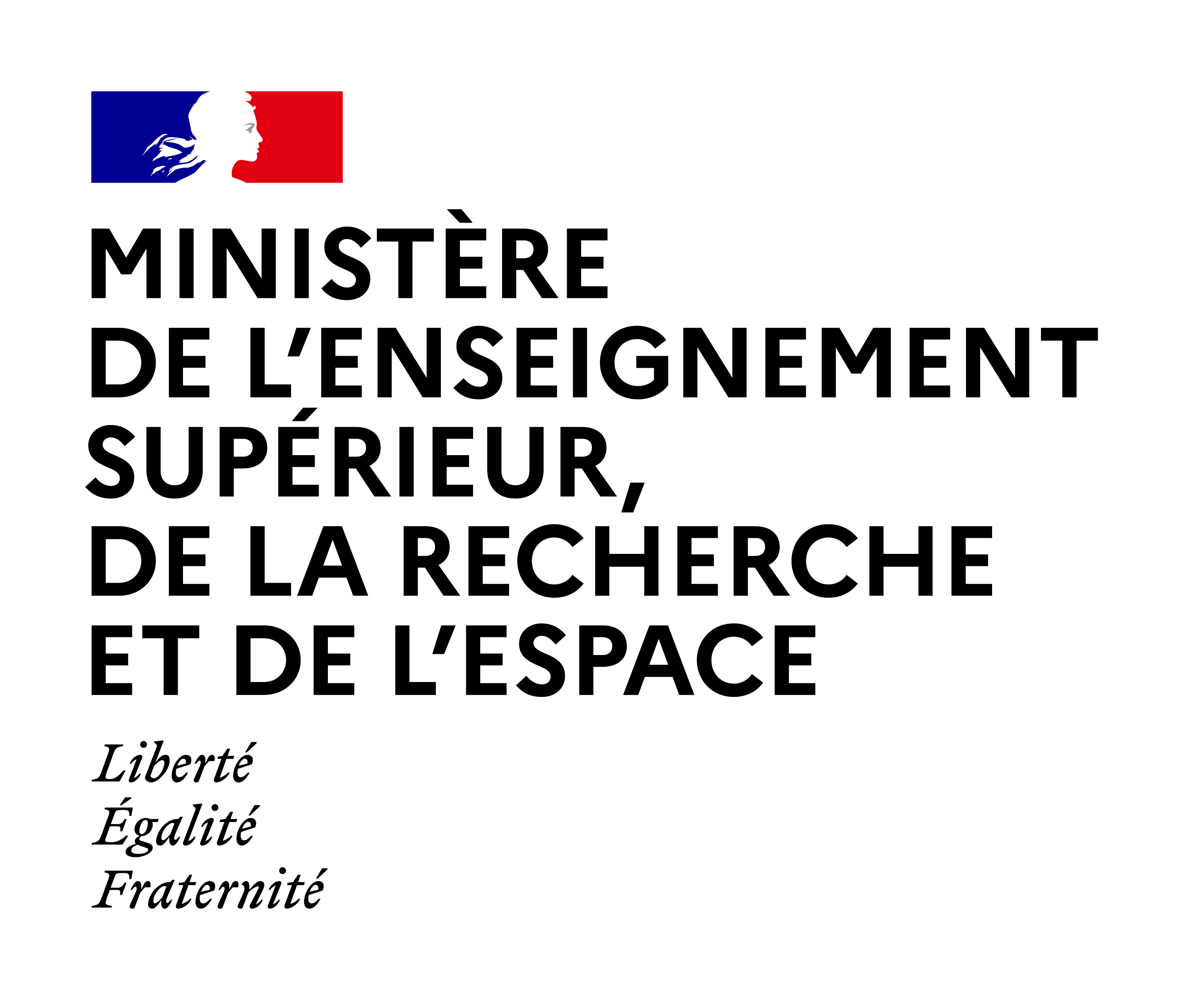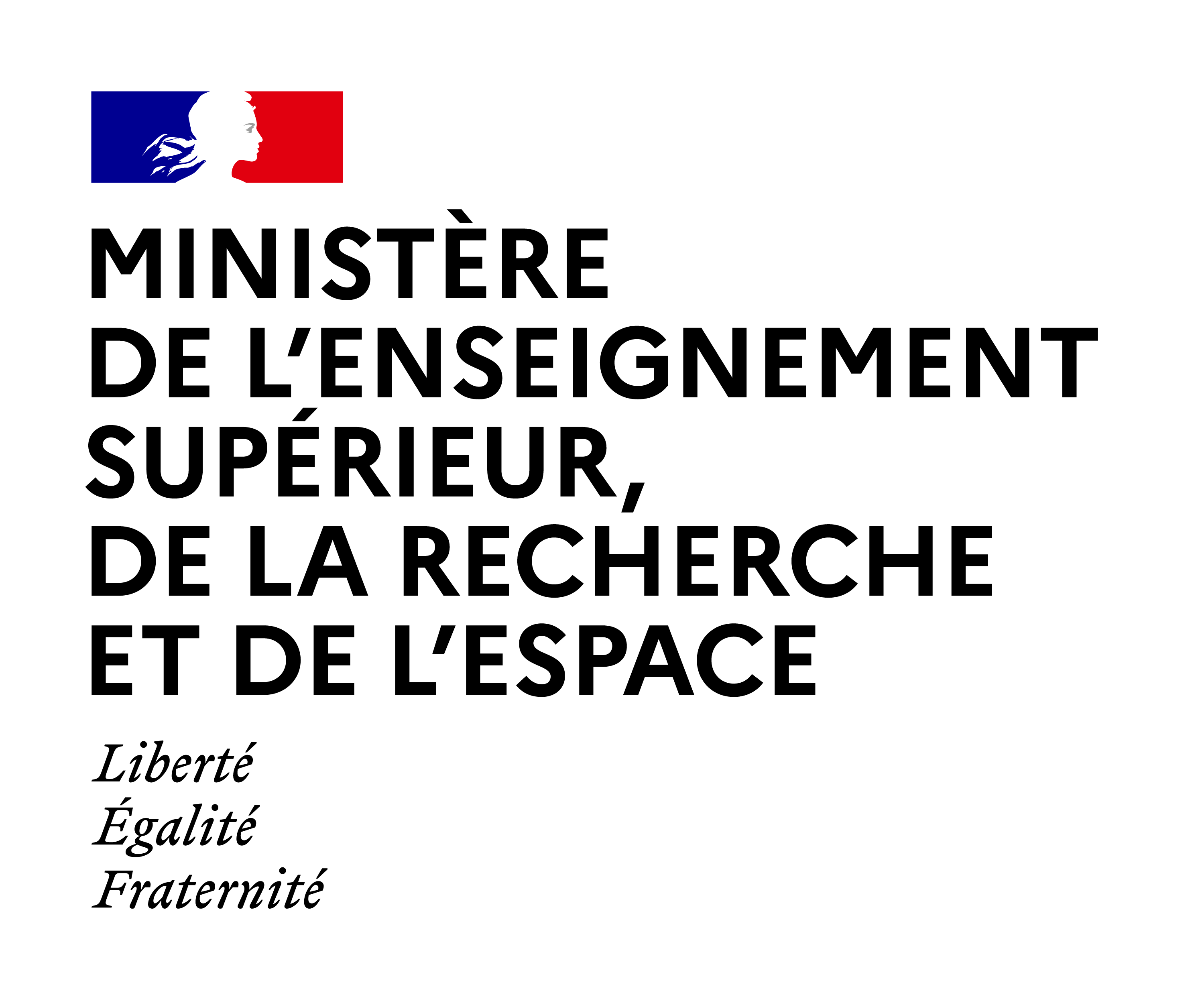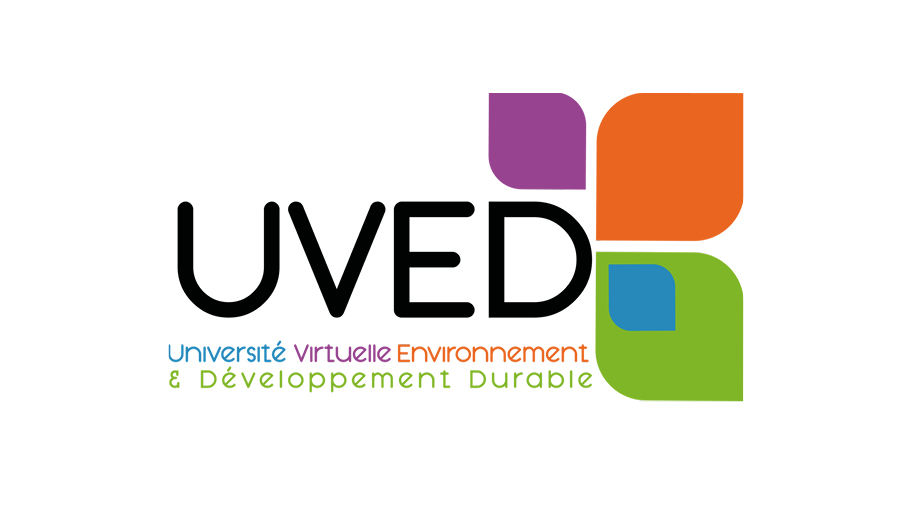
Sommaire
Pathways, levers, outcomes : making the food system work for better outcomes
Ana Islas Ramos (Nutrition Officer, FAO) describes how systems thinking helps going beyond what is immediate and close, stepping back to look at the big picture: beyond individual interventions that address different elements of the food system; and beyond interactions and feedback loops be...
Date de création :
27.10.2022Auteur(s) :
FAOPrésentation
Informations pratiques
Licence Creative Commons : Attribution, Pas d'utilisation commerciale, Partage dans les mêmes conditions
Description de la ressource
Résumé
Ana Islas Ramos (Nutrition Officer, FAO) describes how systems thinking helps going beyond what is immediate and close, stepping back to look at the big picture: beyond individual interventions that address different elements of the food system; and beyond interactions and feedback loops between and among elements of the food system.
How systems thinking helps looking at possible unintended consequences of our actions or inaction, helps considering webs of causal and non-causal interactions, linear and non-linear relationships between system components as well as feedback loops and structural effects. For example, it is useful to look closely at the interaction of gender and nutrition and at social protection policies as a cross cutting strategy to improve nutrition via economic support.
- Granularité : grain
- Structure : collection
Intervenants, édition et diffusion
Fiche technique
- LOMv1.0
- LOMFRv1.0
- SupLOMFRv1.0
- Voir la fiche XML





